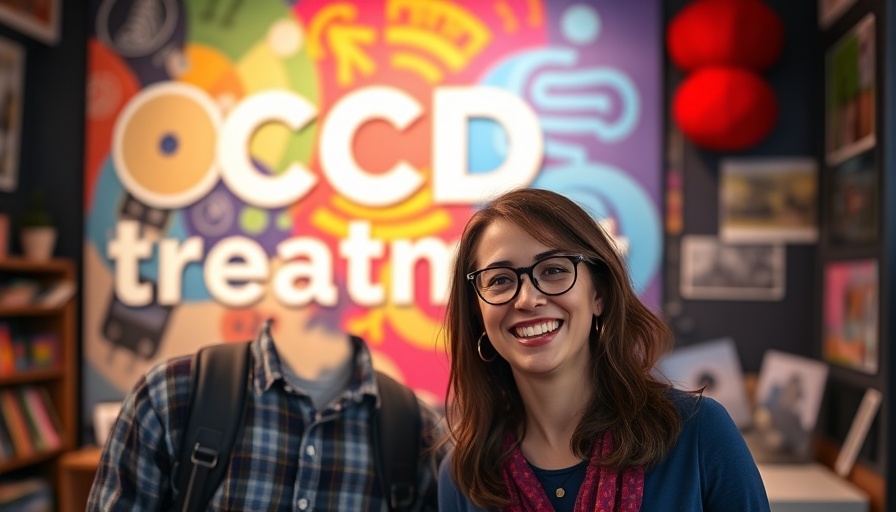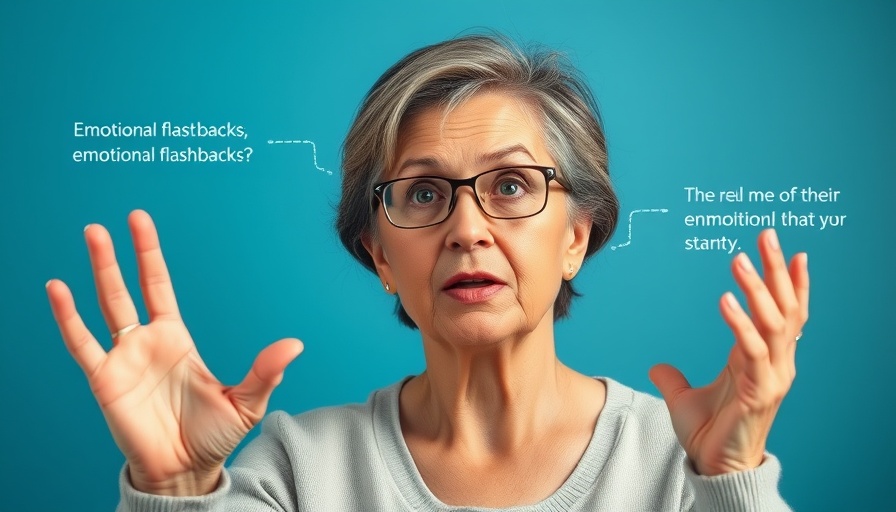
Understanding OCD: The Neuroscience Behind the Disorder
OCD, or Obsessive-Compulsive Disorder, differs significantly from the common notion that everyone has a touch of OCD in their lives. Nathan Peterson, an OCD specialist, explains that the brains of individuals with OCD are wired differently, particularly regarding how they process thoughts. He describes it as an overactivity in the frontal lobe and basal ganglia, which means that while a neurotypical brain filters through thoughts efficiently, those with OCD might find themselves caught in repeated cycles of intrusive thoughts. These thoughts are often linked to core values, making them particularly distressing.
In '10 Quick Questions about OCD', the discussion dives into the complexities of OCD, exploring key insights that sparked deeper analysis on our end.
Common Misconceptions About OCD: Addressing the Myths
One common misconception is that everyone experiences a little OCD, especially when it comes to preference or organization. Peterson clarifies that true OCD goes beyond having neatness as a preference. For those with the disorder, such compulsions are driven by an overwhelming need to mitigate anxiety, and often, they find it impossible to move on until they perform specific rituals, like vacuuming excessively.
Intrusive Thoughts: What They Are and Why They Matter
OCD involves intrusive thoughts that can be distressing and recurrent. A person might experience a thought like harming a loved one while cooking, which they immediately dismiss as irrational. However, someone with OCD may assign significant value to that thought, triggering intense anxiety and compulsive behaviors to try and prevent that perceived danger. The distinction between simply experiencing a fleeting thought and having a thought entangled in OCD lies in how the brain perceives and reacts to that thought.
Finding Hope: Living with OCD and Recovery Strategies
Recovery from OCD does not mean being entirely free of intrusive thoughts; rather, it means learning to manage them effectively. Peterson likens recovery to managing diabetes—individuals can live fulfilling lives with the right tools and strategies. Exposure and Response Prevention (ERP) therapy, a leading treatment for OCD, encourages individuals to face their fears directly and refrain from compulsive behaviors, redefining their relationship with intrusive thoughts.
Family Influence: How Loved Ones can Support Those with OCD
Family members play a crucial role in the recovery journey. Often, they may unintentionally enable compulsive behaviors or provide reassurance that reinforces the cycle of OCD. Peterson suggests that families should be aware of how their actions can support or disturb a loved one’s treatment. Establishing boundaries and encouraging exposure practices can foster progress by gradually reducing accommodation of compulsive actions.
The Role of Therapy: Finding the Right Fit
For those struggling with OCD, finding the right therapist is essential. Families should seek professionals who are familiar with ERP, as standard cognitive-behavioral therapy (CBT) may not be effective for OCD. Accessible online resources, courses, and peer support networks can also provide valuable education and tools for managing OCD symptoms independently.
The Importance of Understanding Subtypes of OCD
OCD is not a monolith. There are numerous subtypes, which can range from harming OCD, where individuals fear causing harm, to religious scrupulosity, where one may obsess over moral and spiritual issues. Understanding these subtypes can help individuals and families find appropriate treatment and support, as the core issue often revolves around the inability to tolerate uncertainty.
Final Thoughts: Empowering Those Affected by OCD
Living with OCD can be challenging, but with the right support and strategies, individuals can navigate their lives with confidence and clarity. It’s essential to approach OCD with compassion and understanding, both from those affected and their loved ones. If you're looking for more information or need support, consider visiting resources like the International OCD Foundation or exploring online communities where you can share experiences and strategies.
 Add Row
Add Row  Add
Add 




Write A Comment